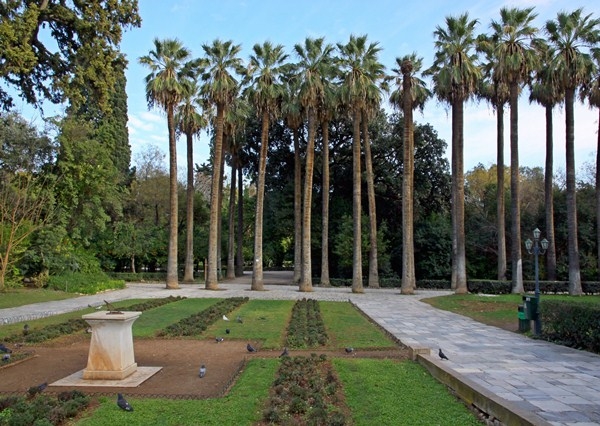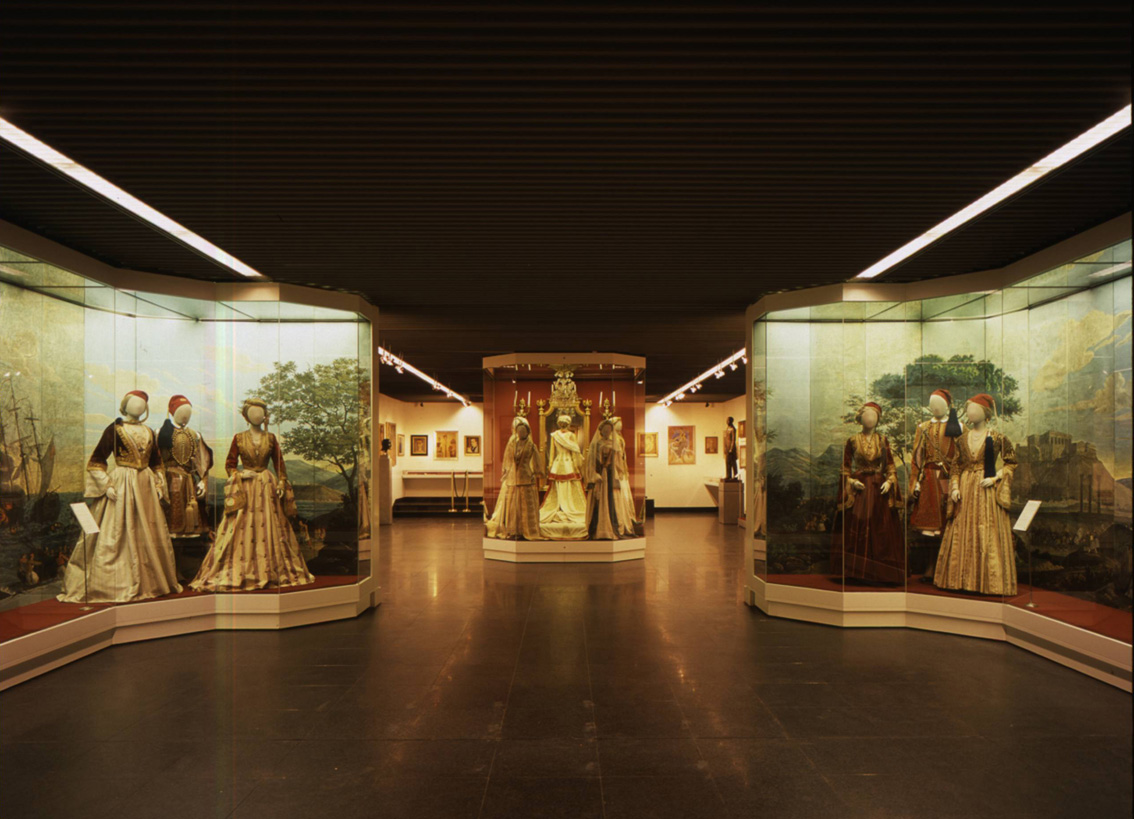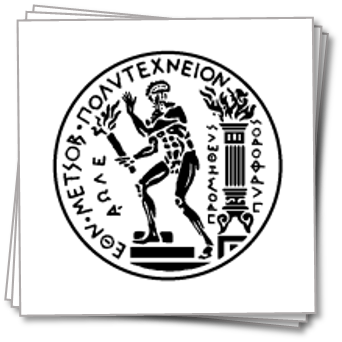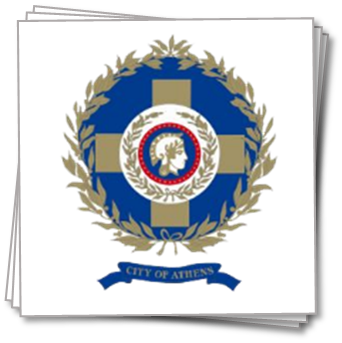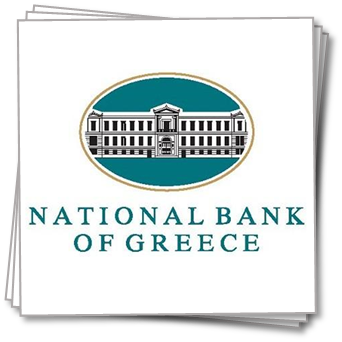Why Athens
Athens, having been inhabited since the Neolithic age, is considered Europe’s historical capital and one of the world’s emblematic cities. Long considered as the cradle of Western civilisation and the birthplace of democracy, where whispers of philosophy, politics, and arts blend with modern-day stories, Athens has transformed into a modern cosmopolitan metropolis and the financial, political, cultural and economic centre of Greece.

With a population of over 3.75 million people, the historical capital of Europe is Greece’s largest city, where arts and culture are encountered everywhere and iconic monuments mingle with first-rate museums, cosmopolitan cafes, al fresco gourmet dining, a thriving night-life scene, and beachside suburbs. The historic centre is an open-air museum, yet, the city’s cultural and social life takes place amid these ancient landmarks with the magnificent Acropolis rising above the sprawling metropolis and eternally witnessing the city’s transformations.
With an average annual temperature of 18°C and excellent weather conditions, Athens always delivers a city break with plenty of sun and outdoor activities all year round. The stunning sunlight that flows softly all over the city, the view of the sea, the seven hills that surround Athens and the unique merge of ancient monuments with the contemporary cityscape form a scenery that exceeds even the highest beauty expectations.

Despite the current financial crisis, post-Olympics Athens is conspicuously more sophisticated and cosmopolitan than ever before. New freeways, ultra-modern metro stations, and an easily accessible and state-of-the-art airport welcome an astonishing 20 million visitors a year, almost double the country’s population. Furthermore, to accommodate this inflow of visitors, Greece has one of the highest number of international airports of any other country and the comprehensive English signage makes the city welcoming and easily accessible to everyone.
For more information on Athens, please
Visit the official City of Athens website here.
Places to see in Athens
The Acropolis complex

The centerpiece of ancient Greece and modern-day Athens, the Acropolis, stands above everything else and looms majestically over the city. Entering the compound takes you along a course of the central structures of Greek mythology as you climb past the Theatre of Dionysus, the Propylaea, the Erechtheion and the Herodeon — which still hosts the occasional live performance. A 20-minute walk to the top unveils the most famous and impressive structure of all, the Parthenon — a former temple dedicated to the goddess Athena, the city’s patron. Parthenon is supported by 46 Doric columns and is considered classical architecture’s most influential building. The views from the top out over the city of Athens can be stunning. Be sure to walk below the Acropolis at night, too, when it is at its most magnificent, bathed in golden floodlighting.
Ancient Agora in Athens

Whilst the Acropolis may have been the defensive and then religious heart of ancient Athens, the ancient Agora was the nerve centre for trade, commerce, and culture. This is the area where people came to buy and sell goods, talk politics, and generally hang around. Although the Agora has been destroyed several times, enough of it remains to give an indication of the scale of the place. Today, the Ancient Agora is open for the public to stroll around. There are many surviving examples of stone carvings, columns, and statues. There is also the outstanding Temple of Hephaistos, and the reconstructed Stoa of Attalos which houses the Museum of the Ancient Agora. The Ancient Agora in Athens is one of the most visited ancient sites in Greece. Tourists tend to go there directly after seeing the Acropolis and Parthenon, as it is only a short walk away.
Plaka

Built into the hillside below the Acropolis, Plaka is Athens’s oldest residential quarter. Retaining a quaint village atmosphere, despite the hordes of tourists, its cobbled streets are lined with pastel-coloured neo-classical mansions, small hotels, souvenir shops and bustling tavernas. There are ancient Greek and Roman ruins scattered around as well as some beautiful 19th century and older buildings and several Byzantine churches. Let’s not forget Anafiotika, the neighborhood closest to the stone slope of the Acropolis where you can wander around and feel like you are on an island in the middle of the Aegean instead of an island in the middle of a modern city.
Metro station: Monastiraki or Acropolis.
Lycabettus Hill

See the whole of Athens in one go from the city’s highest vantage point, capped by a tiny, whitewashed church, a restaurant and café. An early morning visit will put the sun behind you as you gaze across the city toward the Acropolis with the shores of the Aegean Sea lapping in the distance. Nearby, carved into the rocks on the north-facing slope, Lycabettus Theatre stages open-air concerts. The steep path up zigzags through pinewoods and sub-tropical vegetation. Alternatively, catch the funicular from Ploutarchou Street in Kolonaki (every 30 minutes, 9am-1.30am).
National Garden
The National Garden (formerly the Royal Garden) is a public park of 15.5 hectares (38 acres) in the center of Athens. It is located directly behind the Greek Parliament (Old Palace) building and continues to the South to the area where the Zappeion is located, across from the Kalimarmaro Olympic Stadium of the 1896 Olympic Games. The Garden also encloses some ancient ruins, tambourines and Corinthian capitals of columns, mosaikcs, and other features
The Royal Garden was commissioned by Queen Amalia in 1838 and completed by 1840. It was designed by the German agronomist Friedrich Schmidt who imported over 500 species of plants and a variety of animals including peacocks, ducks, and turtles. Unfortunately for many of the plants, the dry Mediterranean climate proved too harsh and they did not survive. A part of the upper garden, behind the Old Palace, was fenced off and was the private refuge of the King and Queen. The garden was open to the public in the afternoons.
Close to the garden in 1878 the neo-classical Zappeion Hall was built. It was donated by Evangelos Zappas and designed by Von Hansen. Zappas had started the Zappian Olympic Games, a precursor to the modern Olympic Games. The Zappeion was the Olympic village for the 1896 Summer Olympics in Athens and also as a venue for the fencing events. Starting in the 1920s, the area in front of the Zappeion was also a major transportation hub for trams and buses. Today it is used for public exhibitions.
Museums in Athens
Over the years, countless objects and artefacts have been found at the ancient sites in Athens. Most of these are kept in the city in a variety of over 80 museums. The museums you should visit in order to see the most significant artefacts dating back to the heyday of ancient Athens are:
New Acropolis Museum
Inaugurated in June 2009, it is the ‘flagship’ museum for not only Athens, but all of Greece. Archaic and classical finds from the Acropolis site are displayed here. The visitor progresses gradually upward through the building, where on the top floor, the marble frieze that once ran around the top of the Parthenon await. About half of the pieces are originals, while the remainder are faithful plaster copies. The missing pieces were removed by Lord Elgin in 1801 and are now in the British Museum in London.
There’s also an excellent restaurant on the second floor, open during museum hours, and till midnight on Fridays.
The Acropolis Museum is located opposite the Acropolis itself. It is easily reached via the metro system at the Acropolis station. Opening hours vary with the high and low seasons, although some holidays excepted, you can be certain it will be open every day between the hours of 09.00 and 16.00. Visit the museum website for more detailed opening times.
The National Archaeological Museum of Athens
The National Archaeological Museum of Athens, is not just the best museum in Athens. It is also the best museum in Greece, and perhaps one of the best in the world. It brilliantly displays the style, culture, and sophistication of Ancient Greece and is the best place to increase your knowledge of ancient Athens, and Greece in general. You probably need to block out 3 hours to make the most it.
The core of the building was completed in 1889, although several additional sections have been added on to it since. This means that the building itself has a history, as well as the collection it houses. One great story about this museum, is that during the Second World War, the artefacts were removed from the museum. They were then buried beneath it to prevent them being looted. Now, the National Archaeological Museum of Athens, contains the greatest collection of Ancient Greek artefacts in the world.
The museum is open every day between 08.00 and 20.00. The entrance to the museum is on Patission Street. The closest metro stations are Viktoria and Omonoia.
Museum of Cycladic Art
The Museum of Cycladic Art is one of the most interesting museums in Greece. It is dedicated to the study and promotion of ancient cultures of the Aegean and Cyprus, with special emphasis on Cycladic Art of the 3rd millennium BC. It contains a collection of artefacts ranging from 4000 BC to 600 AD. The most distinctive of these, are the instantly recognisable Cycladic figurines. There is something enigmatically beautiful about them, and 6000 years later, they could easily mistaken for modern art sculptures. The museum also has numerous other exhibits, all of which are superbly laid out, labelled, and described.
There is a pleasant cafe to eat or take a coffee in, located on the ground floor. The museum is open every day of the week apart from Tuesday. On Thursday, the museum is open until 20.00. The closest metro station is Evangelismos.
Byzantine and Christian Museum
The Byzantine and Christian Museum was founded in 1914 and is one of the most important national museums in Greece. The objects which are collected on the premises and are organized in collections are more than 30.000 and date from the 3rd up to the 20th century. The permanent exhibition offers visitors the unique occasion to acquire knowledge and appreciate Byzantine and more recent art through a new museological approach. The first part of the permanent exhibition pertains to the transition from the ancient world to Byzantium, and the second part, with the title “From Byzantium to recent times” presents various sides of the historical period from Byzantium up to recent times (15th-20th century) including many objects which are exhibited for the first time.
At the gift shop visitors can buy certified copies of objects from Greek national museums, such as icons, mosaics, murals, engravings, sculptures, jewelry and also original creations. Books, posters, stationary and handmade objects are also available with motifs from the permanent collections of the Museum. The cafe-bistro Ilissia in the cool garden is ideal to enjoy a coffee, dessert or a light snack in an attractive and peaceful environment.
Benaki Museum
The Benaki Museum, actually consists of three separate museums, each specializing in certain subjects and each with its own unique personality. Visit the oldest and main building on Koubari 1, right opposite the National Park, for the prehistoric, ancient Greek and Roman Art, historic heirlooms, Coptic, Chinese and pre-columbian art.
The new building at 138 Pireos str houses the neohellenic architectural archives and many modern art exhibitions are held here. The Islamic art collections can be seen at the building in the Kerameikos district, Agion Asomaton 22, and include objects collected by Antonis Benakis himself in Egypt during the first decades of the 20th century.
Metro Stations
It is often said that you can dig anywhere in Athens, and find something of historical value. This was certainly the case when they were building the underground metro lines! Countless artefacts were discovered, along with sections of walls, and building foundations. A number of the metro stations have objects on display from ancient Athens. When you use the metro, be sure to check out each station! If you only want to visit one, then make it Syntagma station. You do not need a ticket to see the objects on display there.

The Syntagma Metro Station Archaeological Collection
Day trips from Athens
Some of the most popular day trips from Athens are:
- Cape Sounion and the Temple of Poseidon
- Greek islands of Hydra, Poros and Aegina
- Delphi
- Nafplio
All of these day trips from Athens can be made independently or by organised tour. So, if you have a few days free and want to combine a few of these trips, you might want to do it yourself, and look at Athens car rental. This will most likely work out cheaper and be more convenient for 2 or more people travelling together. If you only have a day free though, it will probably be easier to book a tour in Athens.
Cape Sounion and the Temple of Poseidon

This is one of the most popular day trips from Athens, and for good reason. Not only do you get to visit a magnificent Ancient Greek temple, but you see an amazing sunset as well. Most people choose to visit Cape Sounion and the Temple of Poseidon as an afternoon half-day tour from Athens. Originally made up of 34 white marble Doric columns, 15 of which remain, it commands amazing views over the Aegean Sea, which are spectacular at sunset. The coastal road from Athens to Sounio (43 miles south-east of Athens) passes through the upmarket seaside suburbs of Glyfada, Vouliagmeni and Varkiza, and affords fine views over the Saronic Gulf.
Greek islands of Hydra, Poros and Aegina

The Greek islands are all individual, unique and special. A day trip from Athens to the nearby islands of Hydra, Poros and Aegina is ideal for anyone who is visiting Greece, but who is unable to travel to any of the other islands. Visiting them will give you a taste of what the Greek islands are all about.
Nafplio

One of the most beautiful towns in the area of Argolis (in eastern Peloponnese) as well as one of the most romantic cities all over Greece. Nafplio was the first capital of the newly born Greek state between 1823 and 1834 and has been a major port since the Bronze age. It is graced with attractive narrow streets, elegant Venetian houses, neoclassical mansions and interesting museums. It’s also full of quayside cafes, posh boutiques and many comfortable hotels and guesthouses,
Delphi

Probably the most beautiful classical site in Greece, Delphi, was the home of the fabled Oracle which spoke its prophesies (with the help of trance-inducing leaves) through priestesses. Cities, rulers and ordinary individuals alike consulted the oracle, expressing their gratitude with great gifts and spreading its fame around the world. Dating back beyond the eighth century BC, the site is built into a hillside 130 miles north-west of Athens and is scattered with ancient temples overlooking a gaping chasm. There’s also an excellent museum displaying bronze and marble sculptures.

